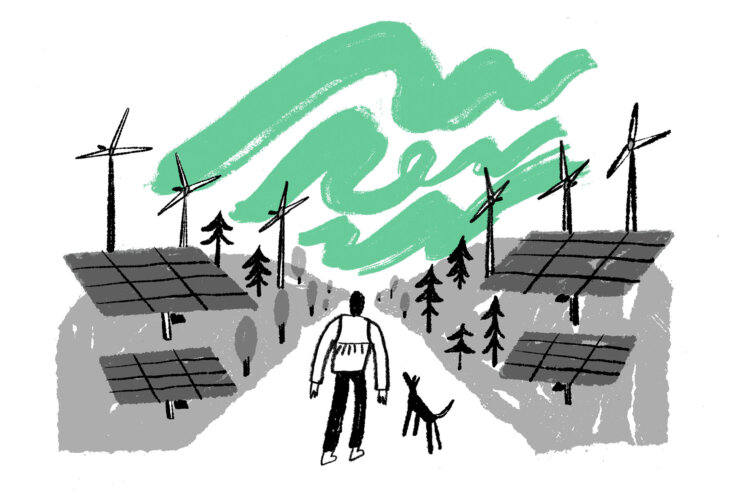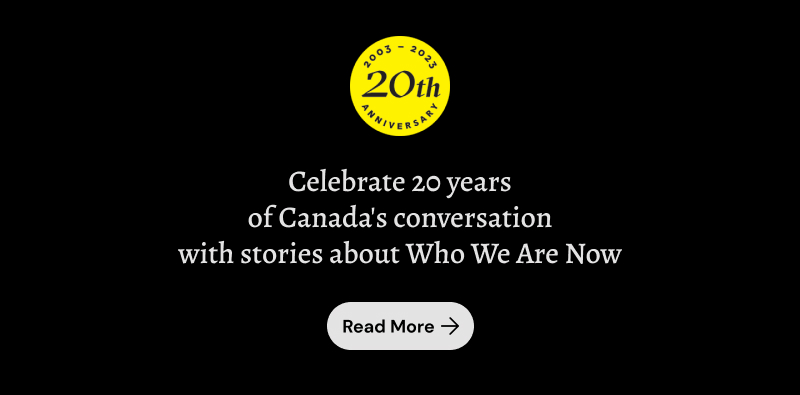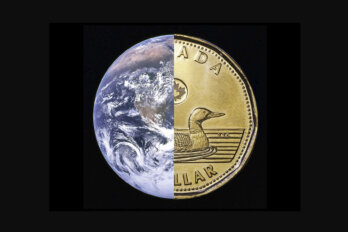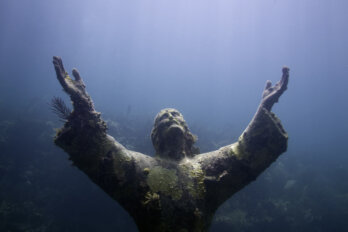S ometimes the best way to understand what you have is to lose it. Growing up in Whitehorse, I remember having the perfect childhood: bicycling in our backyard, catching frogs, hanging out with my sisters, and just doing all of these wonderful kid things.
I was the son of a well-spoken and well-regarded Gwich’in woman. My mom was the youngest of thirteen kids. Before she was born, my grandparents had left our community of Old Crow, Yukon—my grandmother to become a cook at a residential school, my grandfather to become a janitor—so they could be with their kids.
I remember falling asleep under meeting tables as a young child, when my mom was the executive assistant to the grand chief of the Council of Yukon First Nations. During that time, our people were negotiating with the federal and territorial governments toward what is known as the Umbrella Final Agreement, a document that set the parameters for self-governing First Nations in the territory.
At eight years old, I came home one day to find my dad was gone. A deep schism formed in my mom—between that accomplished woman and the pains she was carrying from her experiences in residential school. She became severely addicted to alcohol. At thirteen, I ran away from home. I had started smoking weed and drinking. I sold stolen cigarettes to buy food.
Somewhere around my thirteenth birthday, I received a video camera. I started taking it to parties and filming everything we did. The RCMP heard rumours about this kid with the video camera—just imagine all of the evidence I could have provided them. When I heard they were looking for me, I knew I had to get out of Whitehorse. I convinced my mom to pay for a flight to Vancouver, where I could stay with my auntie. At one point, I thought to myself, “No one here knows who I am. I can be anybody I want.” That was the first time I asked myself, “Who do I want to be?”
It took a while to shake off the drugs and emerge from my depression. Things finally started to change a few years later, when I got a job at a gelato shop. I quit smoking so I could better train my palate to distinguish flavours. I was living in a beautiful bungalow. I had my vintage leather jacket and my skinny jeans and my $50 haircut, but I wasn’t connected to anything.
In January 2013, I got off the plane in Old Crow. I learned hunting, trapping, and fishing. I learned how to chop wood and make a proper fire. I soaked it all up. Surrounded by these skies, these sunsets, these northern lights, these mountains—you’re alone in the vast openness. The whole world reveals itself to you. It’s like the awe you feel in a European cathedral but in a living way.
In 2015, I helped found the Youth of the Peel, a nonprofit that aimed to protect the Peel River watershed from development. In 2018, when I was thirty-two, I was elected chief of the Vuntut Gwitchin First Nation.
As chief, I made climate change a focus. I passed an emergency declaration and pledged to take our community to net zero by 2050. We were fully dependent on imported diesel for electricity. Through the Old Crow Solar Project, we’re moving toward energy sovereignty and reducing our reliance on diesel.
Climate change didn’t start with the industrial revolution. It began with the imbalanced worldview of the dominant culture. The founding legal document of Canada is not the British North America Act; it’s the Great Wampum belt of the seventeenth century, which shows two lines representing canoes moving in parallel. It was said that no one canoe should be fuller than the other. We have deviated from that. If Canadians want to do something about climate change, they can support their agreements with Indigenous peoples.
Our teachings don’t belong to just us. They are the birthrights of all of us, including the non-Indigenous partner who has forgotten them. The walls that separate us may be made out of stone. But we can deconstruct those walls and use those stones to build a bridge.
As told to Leila El Shennawy.






